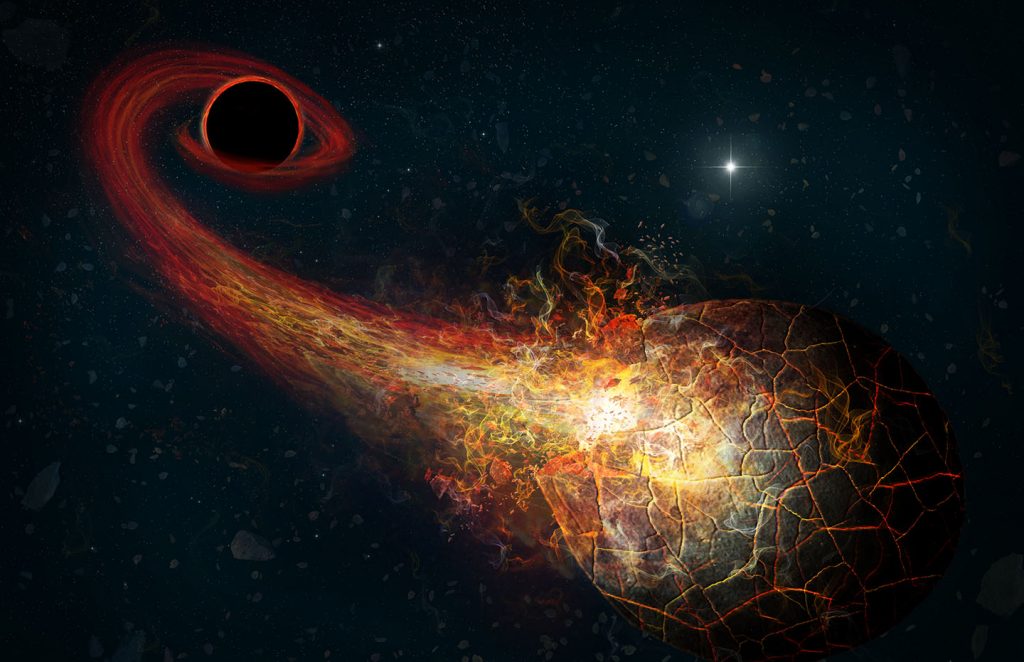
Harvard University’s Avi Loeb has built his career in part on pointing out what fantastical ideas fit data that might otherwise be seen as boring and mundane.
In a new paper to appear in the Astrophysical Journal Letters, Loeb points out that the still-not-found Planet Nine could be a mass that isn’t necessarily a planet. For those of you not already following this story, several years ago, Konstantin Batygin and Michael E. Brown noted that the dwarf planets in the outer solar system have asymmetric orbits that can best be explained by a large planet in the outer solar system whose mass is several times that of Earth. Brown and collaborators have spent the years since they made this prediction systematically looking for this missing planet, and so far, it has refused to be found, leading to speculation that something else could be at play. Brown himself has said that if the renamed Large Synoptic Survey Telescope (LSST) – the Vera C. Rubin Observatory – doesn’t find Planet Nine its first year of operation, he may need to give up the search.
Well, Loeb has a new suggestion: what if instead of a planet, that mass was crushed down into a black hole. In our modern universe, the only ways that we know how to generate black holes involve the collapse of massive stars that leave behind 2.6 solar mass cores. It is thought, however, that during the earliest epochs in our Universe, conditions could have caused smaller, primordial black holes to form with more planet-sized masses. Working with collaborator Frank Vaird Jr and student Amir Siraj, this team has worked out what the LSST should see if Planet Nine isn’t a planet at all but is a theoretical primordial black hole.
According to Siraj: In the vicinity of a black hole, small bodies that approach it will melt as a result of heating from the background accretion of gas from the interstellar medium onto the black hole. Once they melt, the small bodies are subject to tidal disruption by the black hole, followed by accretion from the tidally disrupted body onto the black hole.
Loeb added: Because black holes are intrinsically dark, the radiation that matter emits on its way to the mouth of the black hole is our only way to illuminate this dark environment.
And it is this death flicker that observers may be able to see with LSST.
Construction of the LSST is currently on hold due to the global pandemic, and I can’t tell you when this nearly complete telescope will see first light. When it does, however, it will be on a mission to discover whatever it is in the outer solar system that is yanking around dwarf planets. My bet would be on a small ice giant, but who knows, we may finally prove that primordial black holes still exist. Only time and data will tell.
More Information
Harvard University Center for Astrophysics press release
“Searching for Black Holes in the Outer Solar System with LSST,” Amir Siraj & Abraham Loeb, 2020, to appear in Astrophysical Journal Letters (Preprint on arxiv.org)




 Join the Crew!
Join the Crew!
 Escape Velocity Space News
Escape Velocity Space News
0 Comments